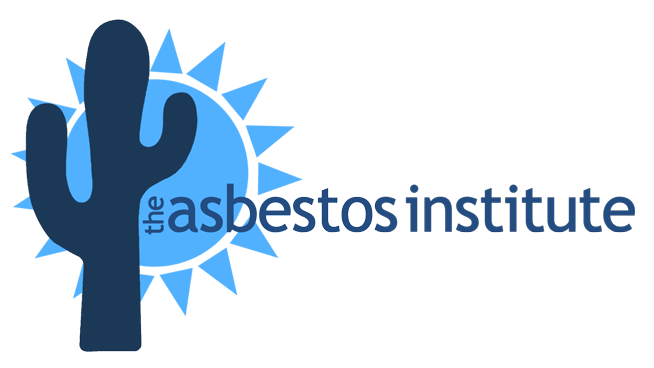A popcorn ceiling (also known as a stucco ceiling or cottage cheese ceiling) is a textured ceiling finish that was popular in residential buildings, particularly in North America, from the 1950s through the 1980s. Here’s a breakdown of what it is, why it was used, and potential concerns:
1. Appearance and Texture
- Distinctive Look: Popcorn ceilings have a bumpy, irregular texture resembling popcorn or cottage cheese. They’re usually white and can have a lumpy, uneven appearance.
- Application: The texture was created by spraying or painting a mixture that contained a binding agent, such as stucco, combined with materials like vermiculite or Styrofoam, which gave the ceiling its unique, stippled look.
2. Reasons for Popularity
- Sound Dampening: Popcorn ceilings help to absorb sound, making them popular in multi-story buildings and apartments where noise reduction was desired.
- Concealing Imperfections: The texture was effective for covering ceiling imperfections, like cracks or uneven drywall, making it a quick, cost-effective choice for builders.
- Easy Application: Popcorn ceilings could be applied quickly and at low cost, making them attractive for mass housing projects.
3. Health and Safety Concerns
- Asbestos Content: Many popcorn ceilings installed before the 1980s contain asbestos, a harmful material when airborne. If the ceiling is damaged, crumbling, or disturbed (by renovations, for instance), it can release asbestos fibers.
- Testing and Removal: If your home has a popcorn ceiling and was built before the 1980s, it’s wise to have it tested for asbestos by a certified professional before attempting removal or making modifications. If asbestos is present, professional abatement may be necessary.
4. Modern Alternatives
- Smooth or Knockdown Textures: As tastes have changed, homeowners often replace popcorn ceilings with smoother or less dramatic textures. Methods for removal include scraping or covering with drywall, but both methods require care to avoid asbestos exposure if it’s present.
Key Note
Popcorn ceilings in good condition and left undisturbed are generally safe, even if they contain asbestos. However, if you’re considering renovation or removal, it’s essential to determine whether asbestos is present and take the necessary safety precautions.
To determine if your popcorn ceiling contains asbestos, you can follow these steps:
1. Check the Age of Your Home
- Historical Use: Homes built or renovated between the 1950s and 1980s often have popcorn ceilings that may contain asbestos. Asbestos was banned for use in ceiling treatments in 1978 in the U.S., but existing stock was used into the 1980s.
- Later Homes: If your home was built after the mid-1980s, it’s less likely your popcorn ceiling contains asbestos.
2. Visual Inspection (Limited Usefulness)
- No Visible Difference: Unfortunately, asbestos-containing and non-asbestos popcorn ceilings look identical. While rough, lumpy, and irregular textures are characteristic of popcorn ceilings, they alone cannot confirm the presence of asbestos.
3. Professional Testing (Recommended)
- Hire an Asbestos Professional: The most reliable way to determine if your popcorn ceiling contains asbestos is to have it tested by a licensed asbestos professional. Certified professionals follow safety protocols to collect samples without releasing fibers into the air.
- Local Regulations: Some states require licensed professionals to perform asbestos testing and removal, so check your local regulations before proceeding.
4. DIY Test Kits (Use with Caution)
- Availability: Asbestos testing kits are available at some hardware stores or online. With these kits, you collect a small sample yourself and send it to a lab for testing.
- Safety Precautions: If you choose this route, wear protective gear (e.g., an N95 respirator, gloves) and follow instructions carefully to avoid disturbing the ceiling and releasing asbestos fibers. Wetting the area before sampling can help reduce the risk of airborne fibers. However, DIY sampling is risky if you’re not trained, so professional testing is generally a safer option.
Signs That Testing Might Be Needed
- If you’re planning to renovate, repair, or remove a popcorn ceiling.
- If the ceiling shows signs of wear, damage, or peeling, which could release asbestos fibers if present.
Key Takeaway
The only way to definitively confirm if a popcorn ceiling contains asbestos is through a lab test, ideally collected by a certified asbestos professional.
What Is The Difference Between Asbestos and Vermiculite?
Vermiculite and asbestos are both naturally occurring minerals, but they differ significantly in composition, structure, uses, and health risks. Here’s a comparison of the two:
1. Composition and Structure
- Vermiculite: Vermiculite is a hydrated laminar mineral (usually containing magnesium, aluminum, and iron silicates). It expands and becomes lightweight and fluffy when heated, creating a layered, accordion-like structure.
- Asbestos: Asbestos is a group of six silicate minerals with fibrous structures. Its fibers are fine, durable, and heat-resistant, which made asbestos highly popular as an insulating material.
2. Common Uses
- Vermiculite: Primarily used in gardening and construction, vermiculite is added to soil to improve aeration and retain moisture. In construction, it’s used for insulation, lightweight concrete, and fireproofing.
- Asbestos: Due to its heat resistance and durability, asbestos was widely used in insulation, fireproofing, cement products, ceiling and floor tiles, and automotive parts until the late 20th century.
3. Health Risks
- Vermiculite: Pure vermiculite itself is generally considered safe and non-toxic. However, vermiculite from some sources (notably the former mine in Libby, Montana) was contaminated with asbestos, posing health risks.
- Asbestos: Inhaling asbestos fibers can lead to serious health issues, including asbestosis, lung cancer, and mesothelioma. These diseases often develop decades after exposure and are the result of asbestos fibers becoming lodged in the lungs and other tissues.
4. Identifying and Testing
- Vermiculite Insulation: It often looks like small, lightweight, shiny granules that resemble mica flakes. If your home has vermiculite insulation (such as the type branded as Zonolite from the Libby, Montana mine), it’s advisable to have it tested for asbestos contamination.
- Asbestos-Containing Materials: Asbestos can be present in various building materials, including insulation, tiles, and siding, and is only detectable through lab testing.
5. Safety and Handling
- Vermiculite: If not contaminated with asbestos, vermiculite is safe to handle. However, if you suspect vermiculite insulation is contaminated, avoid disturbing it and consult a professional for testing.
- Asbestos: Asbestos-containing materials in good condition are generally safe if left undisturbed. However, damaged materials should be handled by professionals trained in asbestos abatement.
Summary
While vermiculite itself is usually safe, asbestos poses significant health risks when its fibers become airborne. Some vermiculite products, however, were contaminated with asbestos, so it’s essential to test vermiculite insulation if you suspect contamination.
Asbestos, OSHA & AHERA Training Via Classroom & Online
The Asbestos Institute has provided EPA and Cal/OSHA-accredited safety training since 1988. From OSHA 10 to hazmat training and asbestos certification, our trusted and experienced instructors make sure participants get the high-quality initial and refresher training they need.
Classroom
We train on-site at our headquarters in Phoenix, AZ or at our clients’ sites across the U.S. We offer both English and Spanish courses. Browse Classroom Classes
Online
Online courses allow you to align your learning with your personal schedule. This is a great option for students with family and work commitments. Browse Online Classes
Webinar
Live webinars allow you to watch instructors on demand from the comfort of your home or office. Learn, chat with other students, and ask questions in real-time. Browse Live Webinars
Disclaimer
The Asbestos Institute is not the official authority to determine OSHA training requirements, which are set forth in the Occupational Safety and Health Act of 1970. OSHA regulations are always being revised, added, and/or deleted, so you must not rely on The Asbestos Institute as the official authority of OSHA asbestos training requirements. Visit the official OSHA Asbestos Training Requirements page here.


